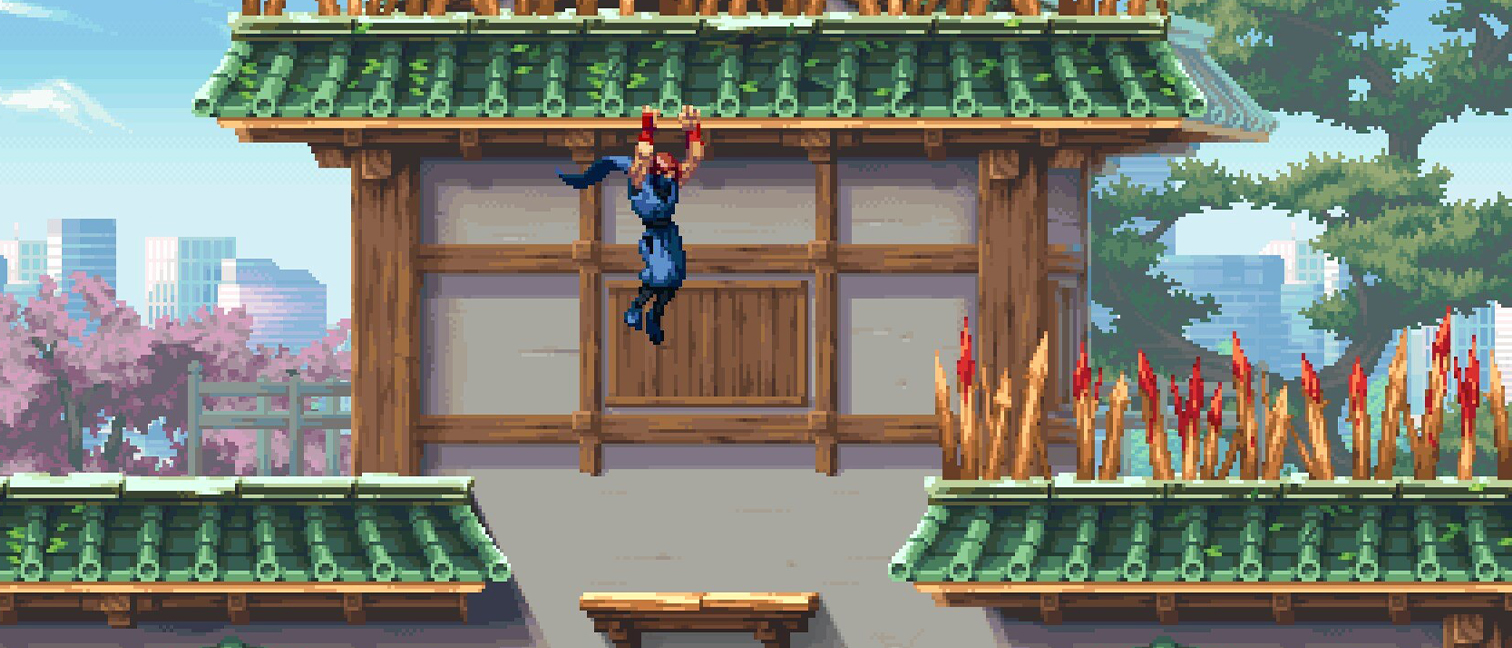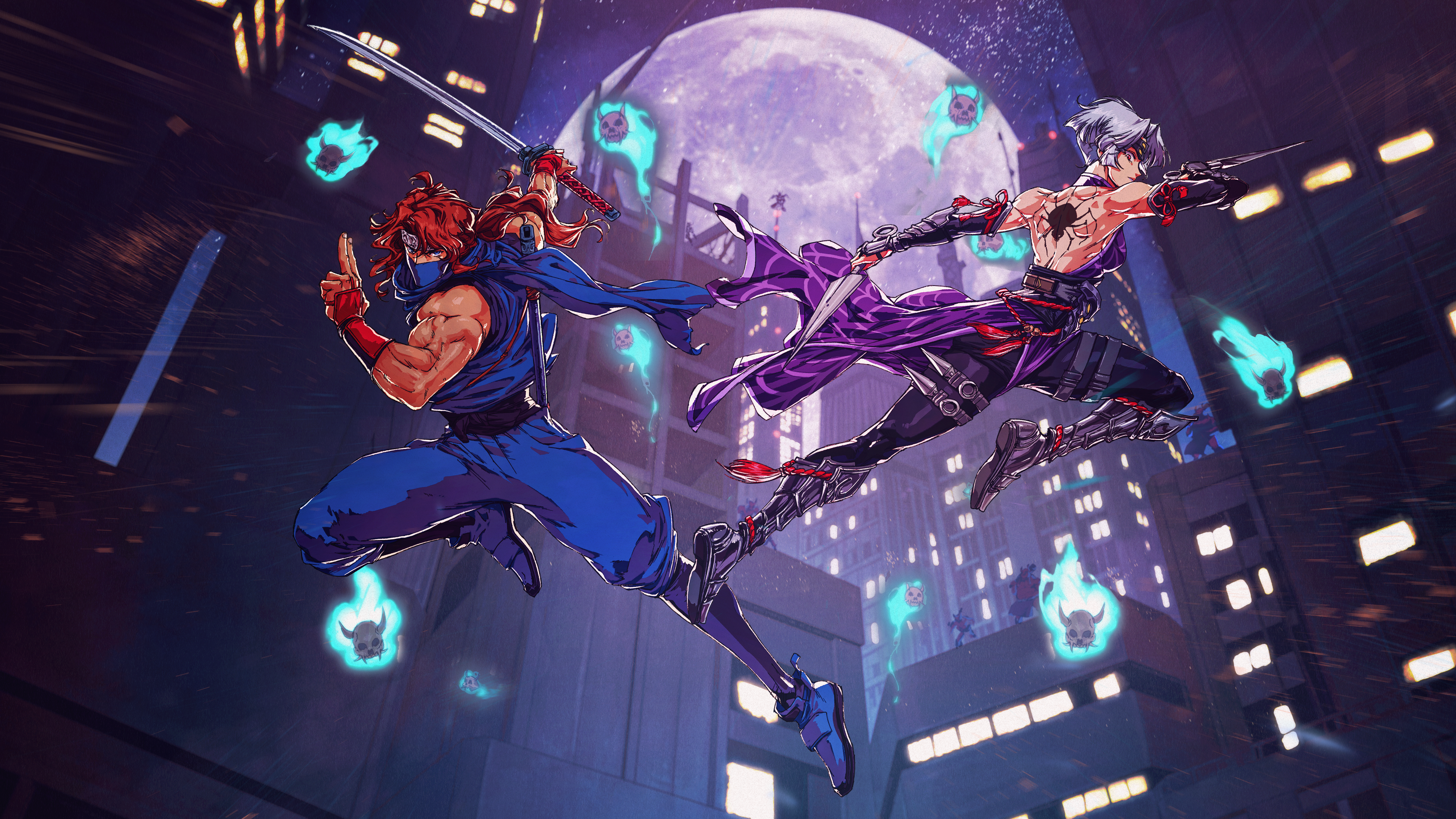Our Verdict
The best 2D Ninja Gaiden game that pays homage before surpassing the original as a thoroughly modern pixel art action game, from its gorgeous and gory visuals to a delicious suite of cool mechanics with room for changing up your playstyle, with plenty to keep you coming back. The next 3D title in the franchise this autumn, as well as Sega's own Shinobi, has got its work cut out because the bar has just gotten higher.
For
- Gorgeous pixel art animation
- Inventive dual ninja gameplay
- Immensely replayable
Against
- Lots of talismans, so few slots
Why you can trust Creative Bloq
2025 is the year of the ninja, if the upcoming games lineup is anything to go by. Sega's Shinobi is back in style from the artists behind the brilliant Streets of Rage 4, Ninja Gaiden is getting not one but two games, and even the Soulslike Nioh 3 has introduced a new ninja playstyle to its usual hardcore samurai action.
But first up is Ninja Gaiden: Ragebound, which is all the more special because there hasn't been a 2D version of this series since the original 8-bit trilogy more than 30 years ago (not counting its port to the SNES). But it's more than a retro game remake and doesn't simply rely on retro game nostalgia.
Who better for this job than retro revival specialists Dotemu and acclaimed indie developer The Game Kitchen, creator of indie hit Blasphemous 2? But as I play this new adventure, which doesn't follow series protagonist Ryu Hayabusa but rather novice ninja Kenji who gets tangled up with female assassin Kumori from arch rival foes the Black Spider Clan, it's very clear this isn't a mere retro pastiche.
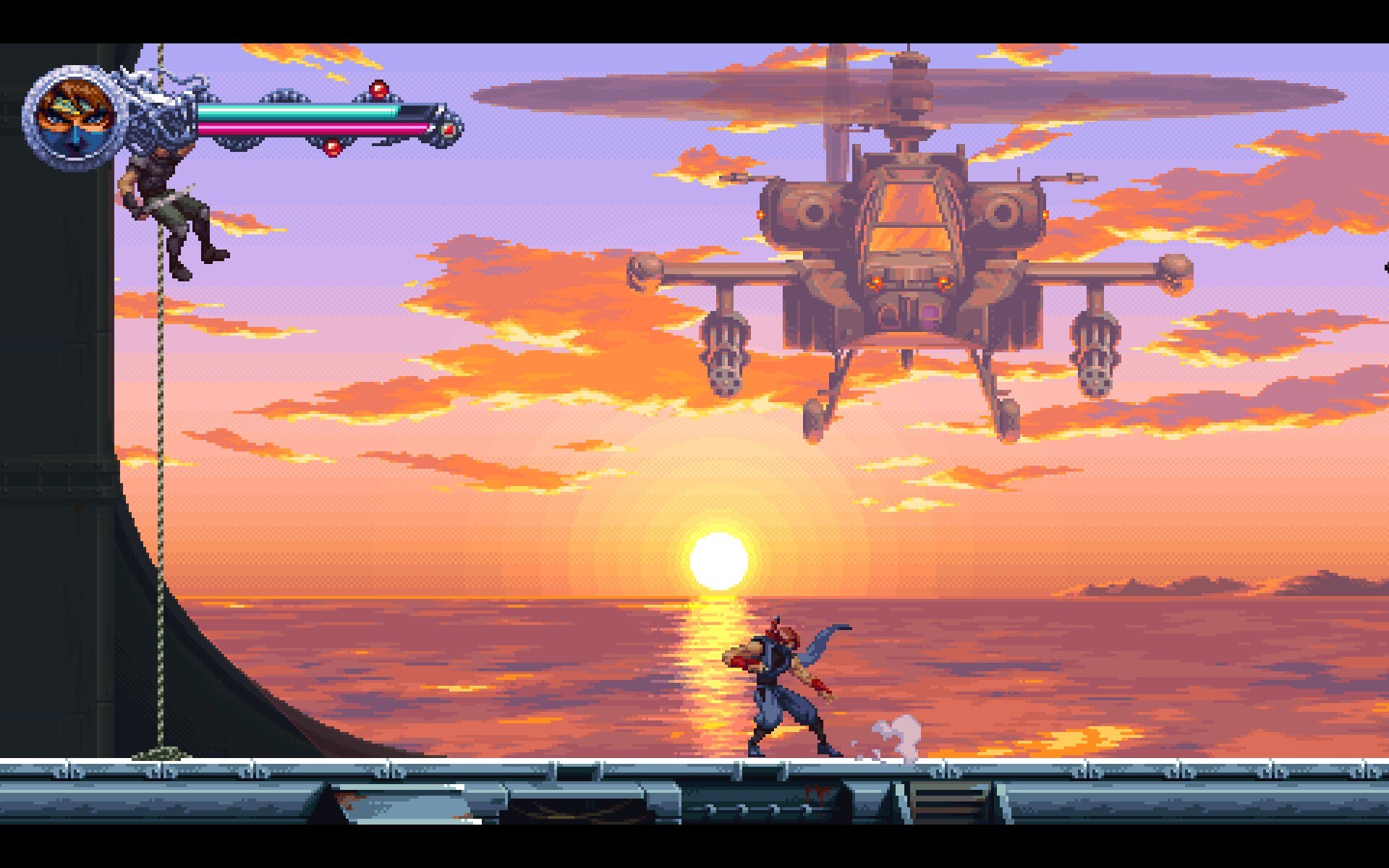
More than a retro game homage
Ragebound does begin with a homage to the opening of the original 8-bit game, as you play as Ryu's father, Jo, in the prologue tutorial that leads to his iconic and fateful duel. But this isn't trying to make any grand twists or slavishly emulate 8-bit aesthetics like The Messenger. Once the game starts properly, it feels like a true 2D sequel that goes beyond what was achievable on 8-bit hardware as well as on 16-bit hardware. It's pixel art but with gorgeous colourful details, tight controls and smooth animations, and packing more sprites than what any hardware back then could've handled.
There's arguably some influence from the 3D games in that this has its ample share of gore, where your attacks will see you spilling plenty of pixel blood. When charging up a bit of your health or killing an enemy with a glowing aura, you can also perform a Hypercharge attack on the next enemy you hit, which insta-kills them in exquisite gory fashion as they turn into a pile of guts and bones (you can also choose to turn off blood and gore if that's not to your liking).
The smooth animations also allow for a rich variety of movesets for Kenji. Besides his fast attacks that can slice through incoming projectiles, and being able to hang on ceilings or climb and jump off or up walls, he's also able to use a cool trick called Guillotine Boost, and essentially bounce off enemies and projectiles. That makes it both an effective counter but also for traversal challenges.
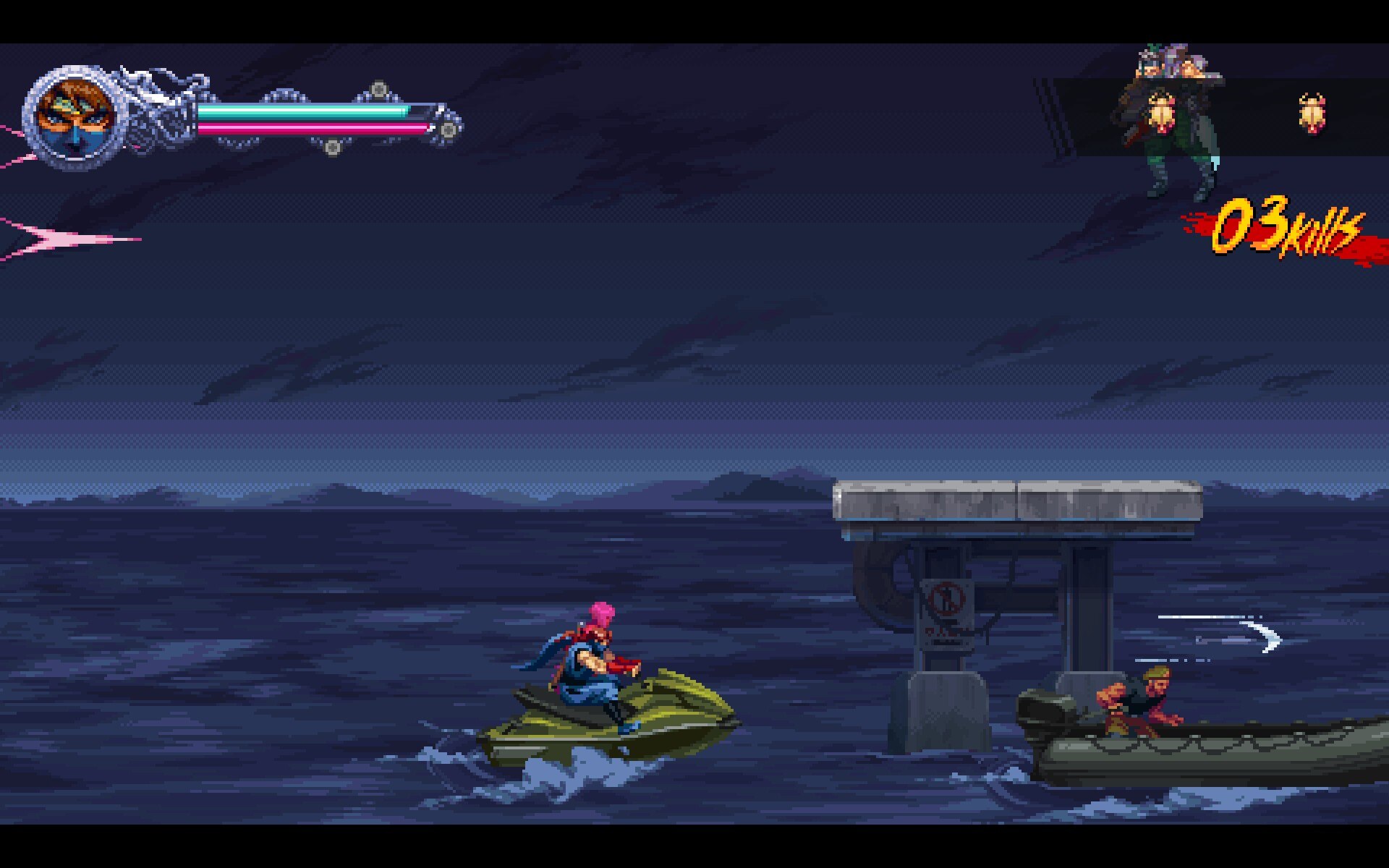
In a narrative twist, he also finds himself merging with Kumori. But while the two bicker along the way, it gives Kenji access to her ranged skills, like throwing kunai and other weapons, including one that's based on the Castlevania axe with a similar throwing arc. But there are also times where you're blocked by a gate or object, and you'll get to briefly play as Kumori, who's traversing a kind of parallel demon world with newly spawned platforms. There's an almost speedrun quality to her playstyle, as you have a finite time to reach a switch or a hidden item.
Daily design news, reviews, how-tos and more, as picked by the editors.
Ragebound covers a lot of ground across four acts, taking you from the burning Hayabusa Village to pirate caves, or a traditional Japanese castle that hides catacombs. Despite being known for its Metroidvania-inspired Blasphemous series, The Game Kitchen has opted for an action-packed mission-based structure, with plenty of variations in pace. Sometimes you might be making an ascent or descent, while there are also some short but great auto-scrolling sequences, whether you're speeding on a motorbike or being pursued at sea on jet skis.
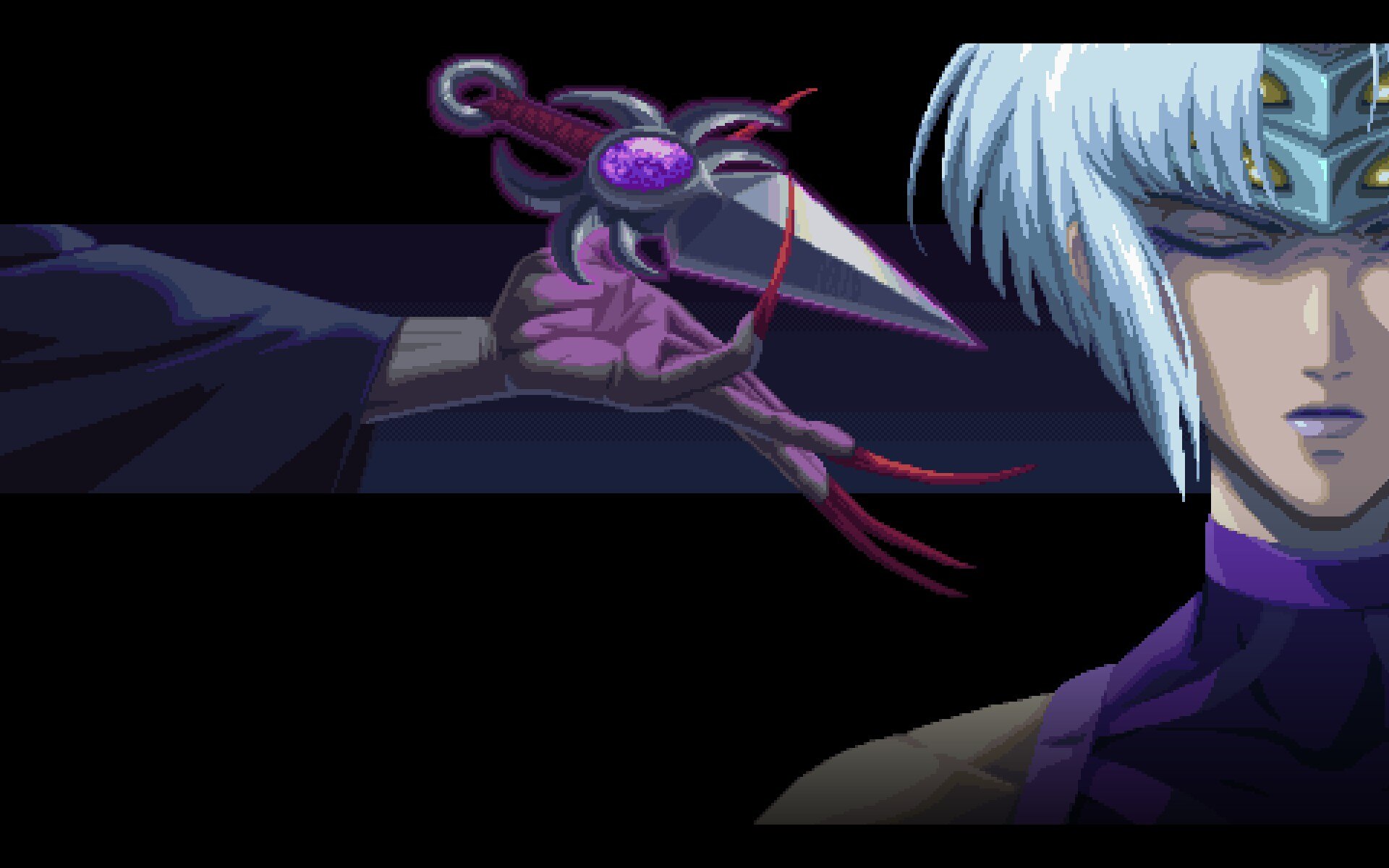
Reasons to re-run
It might only take around 5-6 hours to reach the end, depending on whether or not you get stuck on a few tricky bosses, but the grading system, not to mention unlockable secret missions, ensures Ragebound is very replayable. Why only be satisfied with just scraping through a tough mission on your last pixel slither of health when you can try again and come away with a better grade than B? The grading system is cleverly thorough, too, not merely taking into account your speed and skill, but also whether you've managed to get all the collectible skulls and scarabs in each mission.
The scarabs also act as currency for buying new talismans and Kumori's ranged weapons that can change up your playstyle. There's something for everyone, whether you want talismans, you need some help like regaining a bit of health for every kill, or be a masochist and take more damage in exchange for a higher grade. With only two talisman slots available, you do have to be quite specific on the playstyle you want to pursue for a given mission, but that arguably gives more opportunities to replay missions with a different experience until you're a ninja master.
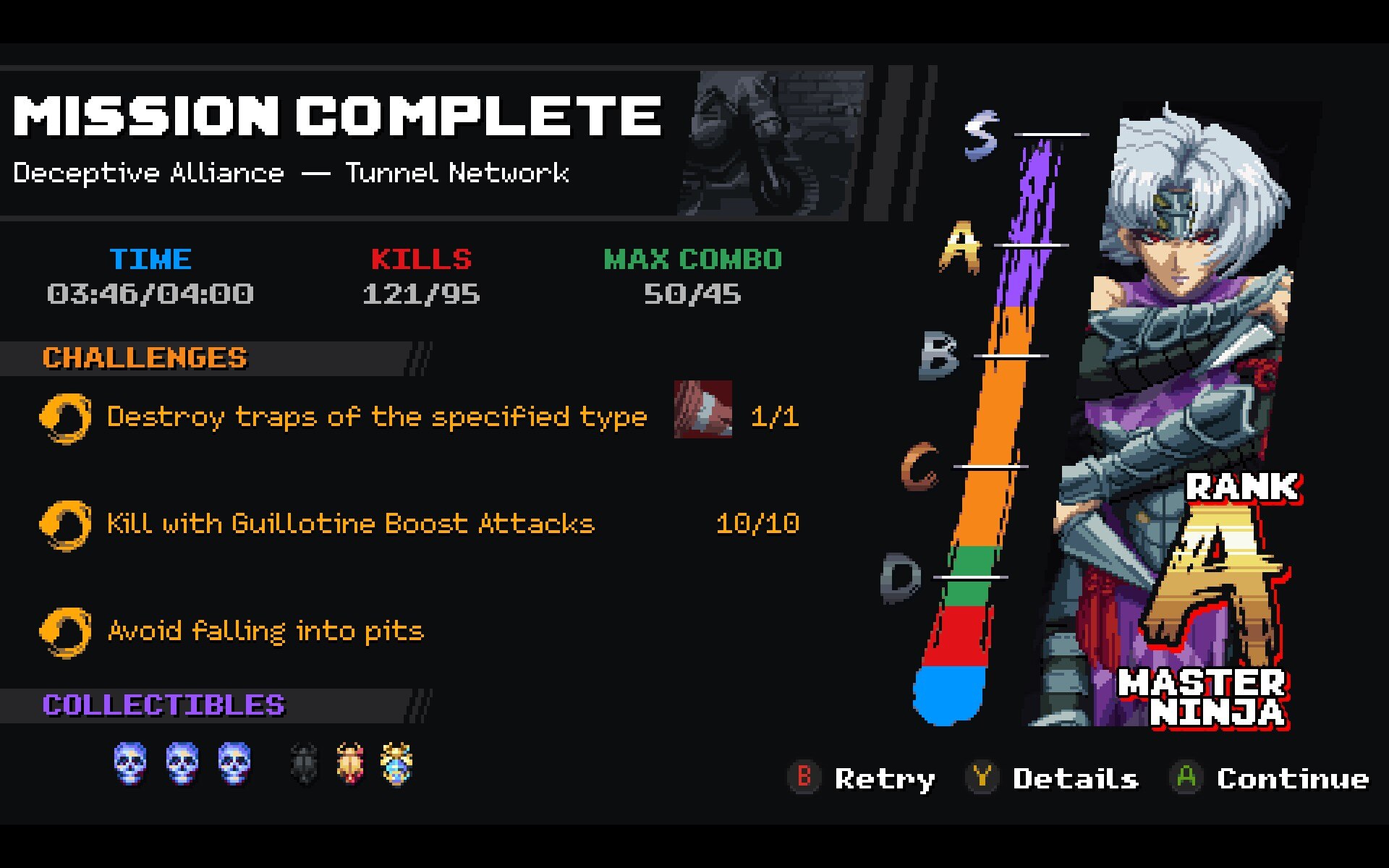
out of 10
The best 2D Ninja Gaiden game that pays homage before surpassing the original as a thoroughly modern pixel art action game, from its gorgeous and gory visuals to a delicious suite of cool mechanics with room for changing up your playstyle, with plenty to keep you coming back. The next 3D title in the franchise this autumn, as well as Sega's own Shinobi, has got its work cut out because the bar has just gotten higher.

Alan Wen is a freelance journalist writing about video games in the form of features, interview, previews, reviews and op-eds. Work has appeared in print including Edge, Official Playstation Magazine, GamesMaster, Games TM, Wireframe, Stuff, and online including Kotaku UK, TechRadar, FANDOM, Rock Paper Shotgun, Digital Spy, The Guardian, and The Telegraph.
You must confirm your public display name before commenting
Please logout and then login again, you will then be prompted to enter your display name.
